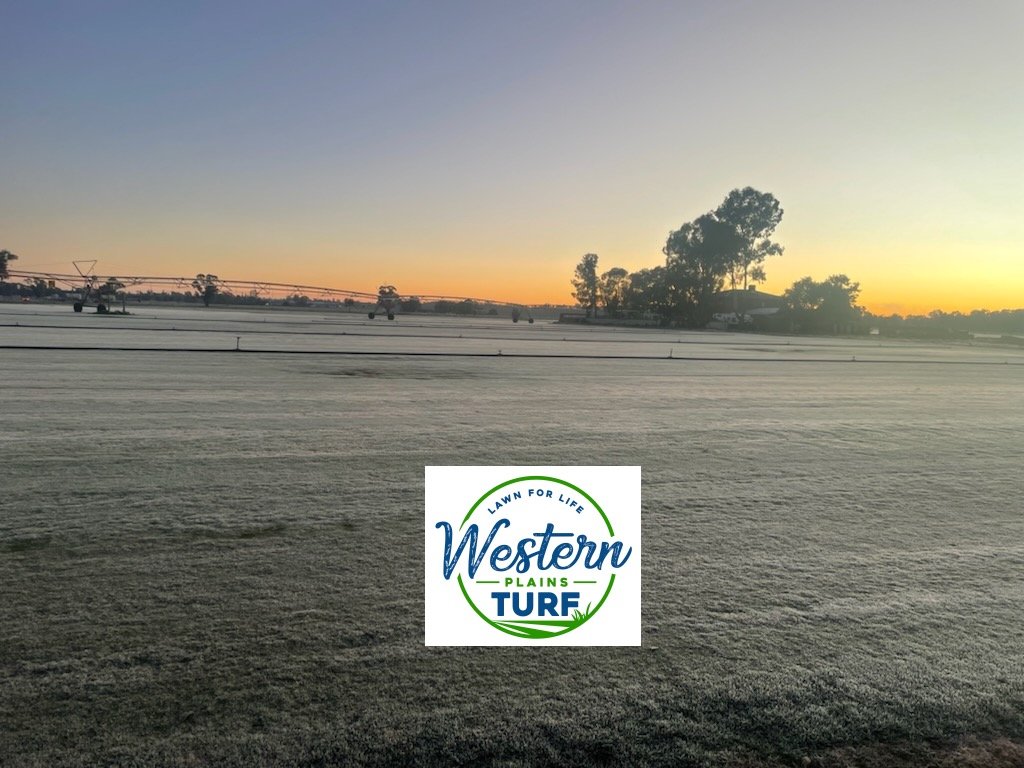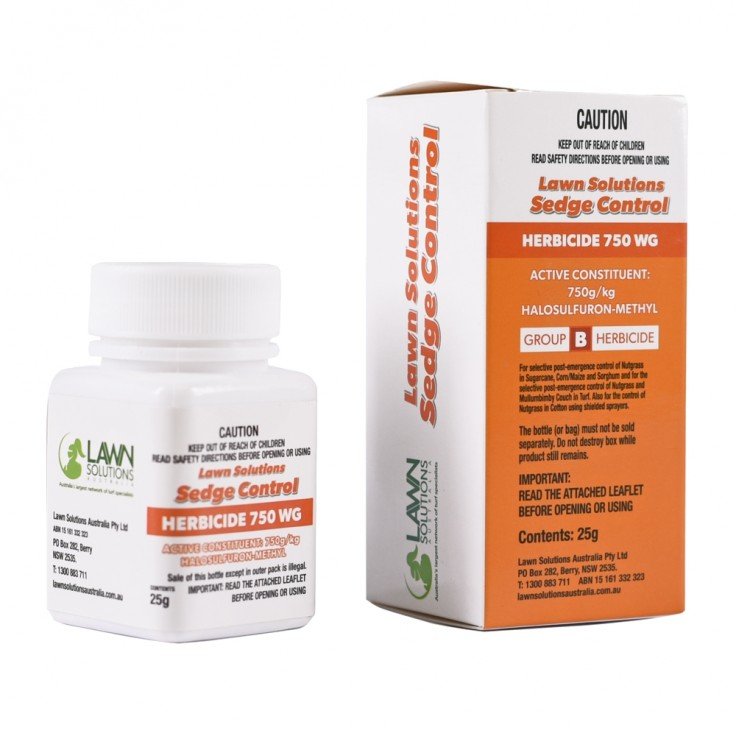WHAT TO EXPECT IN WINTER & HOW TO HELP YOUR LAWN SURVIVE
As if the cold frosty mornings aren’t tough enough to handle. Your lawn has other ideas - Its getting ready to produce more weeds!
We have some info on how to get on top of it, before it gets on top of you!
WEEDS, WEEDS, WEEDS AND MORE WEEDS.
Weeds thrive in winter so it’s important to stay on top of them. Remember, when applying any herbicides to always do this in the morning as these products tend to work best with a full day of sun after application.
NUTGRASS - PUBLIC ENEMY NUMBER 1.
A noxious weed, nutgrass is part of the sedge weed family which also includes Mullumbimby Couch. Nutgrass gets its name from the nut-like tubers found on the roots (rhizomes) of the plant.
This weed is identifiable as it is usually a lighter green than the rest of your lawn and tends to grow taller.
Nutgrass has three blades that shoot up from the stem and has a triangular stem rather than a circular stem like most grasses.
TREATMENT FOR NUT GRASS.
If there is a large amount of nutgrass in your lawn, you will need to treat it with a selective herbicide such as Lawn Solutions Australia Sedge Control or Sempra.
DORMANT GRASS
The unique climate in Central Western New South Wales means we feel the full effects of winter dormancy.
When mowing, it is important during winter to raise your mower blades and leave more leaf to help your lawn combat the cold.
The longer the leaf across winter, the more opportunity your lawn has to maintain an appropriate level of photosynthesis as there is less sunlight during winter, and your lawn needs a certain amount of sunlight exposure during the day to maintain its health.
If you experience any issues helping your lawn combat the cold and you find your lawn now has a loss of colour, there is a product that can apply a permanent, non-removable green pigment to your lawn to create that healthy, lawn appearance.
ColourGuard PLUS is available via our online shop and can be used for general use in winter or to prepare for a special event, such as a birthday party or engagement party.
Now that winter has arrived, there is less room for growth and less heat exposure, resulting in your lawn requiring less water.
Save your time and water by reducing your watering schedule. For example, we recommend watering two to three times - or even less a week. Water your lawn in the morning to avoid the moisture turning into frost overnight during the winter.
FERTILISING & OVERSOWING
Helping your lawn combat the cold with oversowing now will mean when spring arrives, your lawn will have the best chance at being at its best or coming back to life quicker than you expected.






